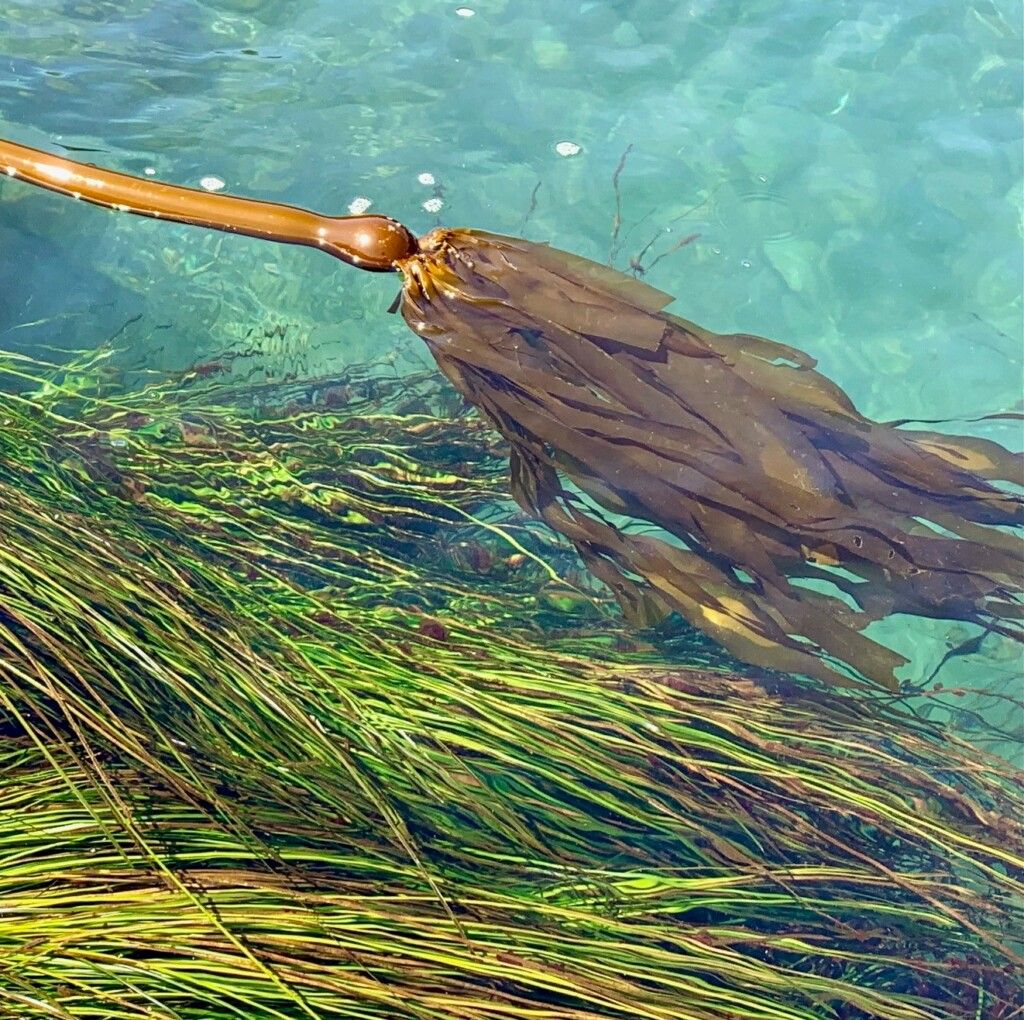They use shallow nearshore areas for refuge and finding food, and during this period, healthy eelgrass meadows and complex habitat are vital.

Creating docks that will maintain important habitat values supports juvenile salmon during a critical phase of their life when they are growing and foraging in the nearshore shallows.
Under traditional docks and overwater structures, it can be dark and barren – eelgrass can not thrive, nor can all the critters that depend on it. The lack of light also impacts salmon behaviour, as they naturally avoid dark areas and end up using deeper waters where they are more exposed to predators and don’t have the food resources they need. To learn more about these impacts, see our post on Salmon and Shoreline Modification you can also learn how to protect eelgrass habitats while you are boating in this post.
Fortunately, with a few considerations, there are ways we can build docks that minimize their impact to the coastal environment and to Pacific salmon.

If you are thinking about building a personal dock, consider if you can store your boat at a marina or at home on land. Could you share a dock with your neighbours? After all, it is a large endeavour to have a dock built. It requires authorization and there are regulations for building and compensation for habitat damage, especially when vital habitat like eelgrass is present. Along with reducing your footprint, sharing a dock also reduces costs and maintenance!
Keep it non-toxic – Do not use creosoted or chemically treated footings, which are highly toxic! If retrofitting an existing structure, remove any treated pilings.
Allow the light to make it through – rather than using solid decking, use grating that allows light penetration to the water. This is a relatively simple fix that can even be applied to existing docks by swapping out sections of decking.
Reduce the number of pilings – make the dock span more like a bridge, and keep the bottom of the dock’s deck at least half a metre above the high-water mark. This will also allow more light to shine through and reduces the amount of submerged artificial structures in shallow areas.
Be considerate at night – don’t leave your lights on overnight. Lights at night can affect natural circadian rhythms and expose fish to nocturnal predators.
To learn more about better docks for salmon, check out this post on the subject by Lake Washington/Cedar/Sammamish Watershed.
Photo Credits: Joey Genovese Unsplash, Meritt Thomas Unsplash